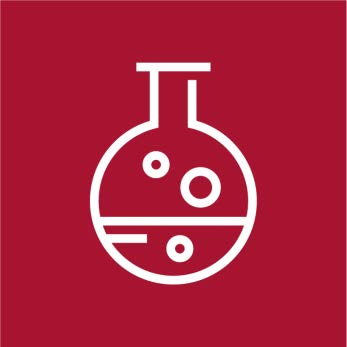#8 Fractionation for effect-directed analysis

The CITEpro module “Fractionation for effect-directed analysis” is used for the fractionation of raw sample extracts in order to reduce sample complexity. Raw sample extracts are complex mixtures of thousands of chemicals including possible toxicants or co-extracted “matrix” compounds such as fatty acids, lipids or natural substances which may interfere with chemical and biological analysis.
The central method of effect-directed analysis (EDA) is the fractionation of the samples either with normal phase or reversed phase liquid chromatography in order to separate the compounds by their hydrophobicity or other more specific chemical-physical properties. The goal is to unmask hidden effects and to simplify chemical identification of toxicants. The raw extracts originate from modules #6 and #7. EDA is typically a tedious workflow. Thus, raw samples undergo pre-testing in modules #1 to #4 in order to select most interesting endpoints and samples.
Those few samples are fractionated and each single fraction is subjected to the endpoint(s) of interest. Ideally, only single fractions are toxic and thus subjected to chemical analysis in modules #9 and/or #10 to identify response substances. If the single fractions are still too complex, a second fractionation step with an orthogonal separation phase may be necessary (or even more).
Application:
Reducing the complexity of raw sample extracts to unmask hidden effects and simplify chemical identification of toxicants.
Main components
2. Horizon XcelVap concentration units
3. SmartPrep automated solid phase extraction system
Literature references
Brack, W., Ait-Aissa, S., Burgess, R.M., Busch, W., Creusot, N., Di Paolo, C., Escher, B.I., Mark Hewitt, L., Hilscherova, K., Hollender, J., Hollert, H., Jonker, W., Kool, J., Lamoree, M., Muschket, M., Neumann, S., Rostkowski, P., Ruttkies, C., Schollee, J., Schymanski, E.L., Schulze, T., Seiler, T.-B., Tindall, A.J., De Aragão Umbuzeiro, G., Vrana, B. and Krauss, M. (2016) Effect-directed analysis supporting monitoring of aquatic environments — An in-depth overview. Science of the Total Environment 544, 1073-1118. DOI:10.1016/j.scitotenv.2015.11.102Hashmi, M.A.K., Escher, B.I., Krauss, M., Teodorovic, I. and Brack, W. (2018) Effect-directed analysis (EDA) of Danube River water sample receiving untreated municipal wastewater from Novi Sad, Serbia. Science of the Total Environment 624, 1072-1081. DOI:10.1016/j.scitotenv.2017.12.187
Muschket, M., Di Paolo, C., Tindall, A.J., Touak, G., Phan, A., Krauss, M., Kirchner, K., Seiler, T.-B., Hollert, H. and Brack, W. (2018) Identification of Unknown Antiandrogenic Compounds in Surface Waters by Effect-Directed Analysis (EDA) Using a Parallel Fractionation Approach. Environmental Science & Technology 52(1), 288-297. DOI:10.1021/acs.est.7b04994
Muz, M., Krauss, M., Kutsarova, S., Schulze, T. and Brack, W. (2017) Mutagenicity in surface waters: synergistic effects of carboline alkaloids and aromatic amines. Environmental Science & Technology 51, 1830–1839. DOI: 10.1021/acs.est.6b05468

